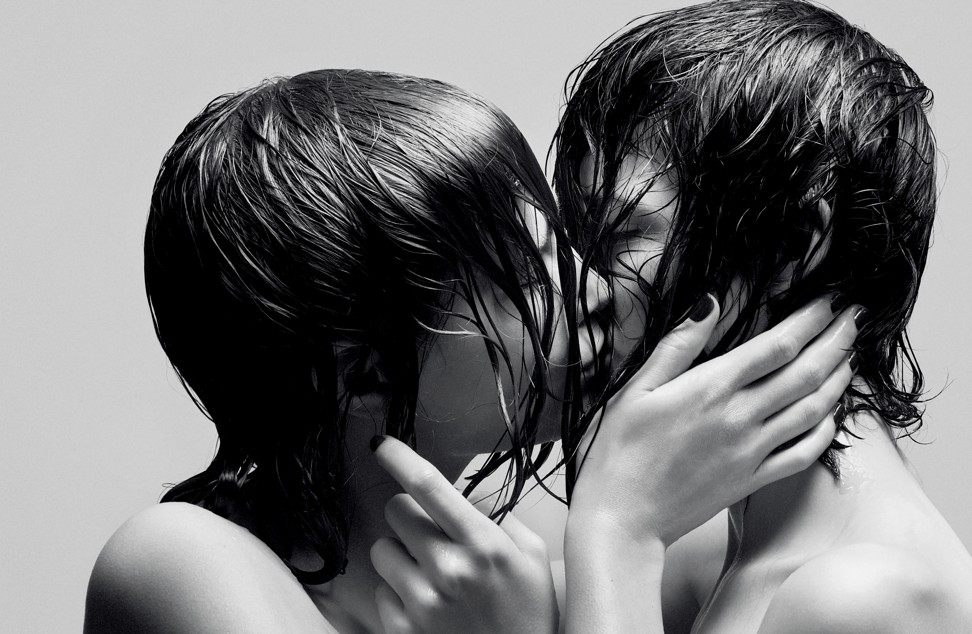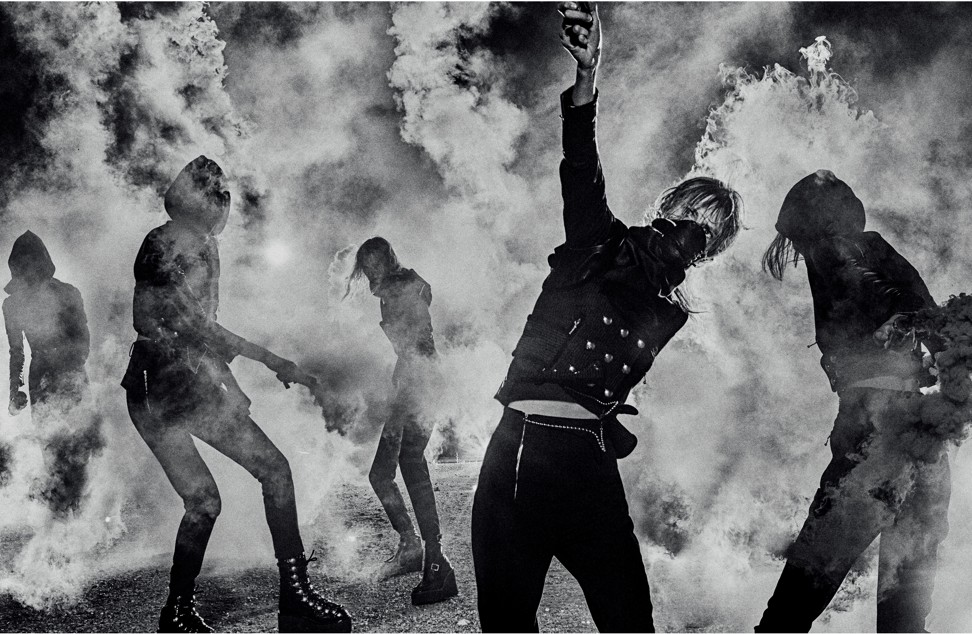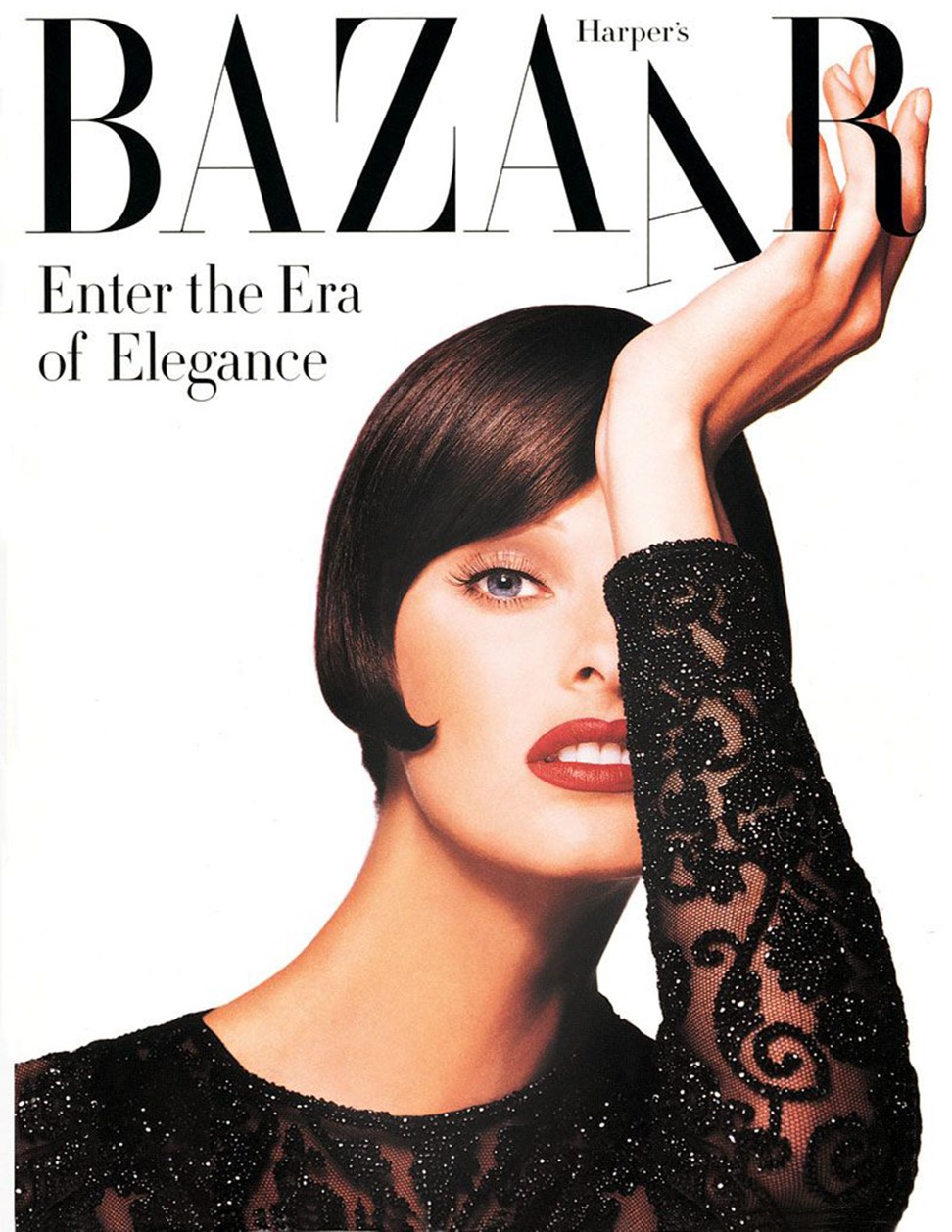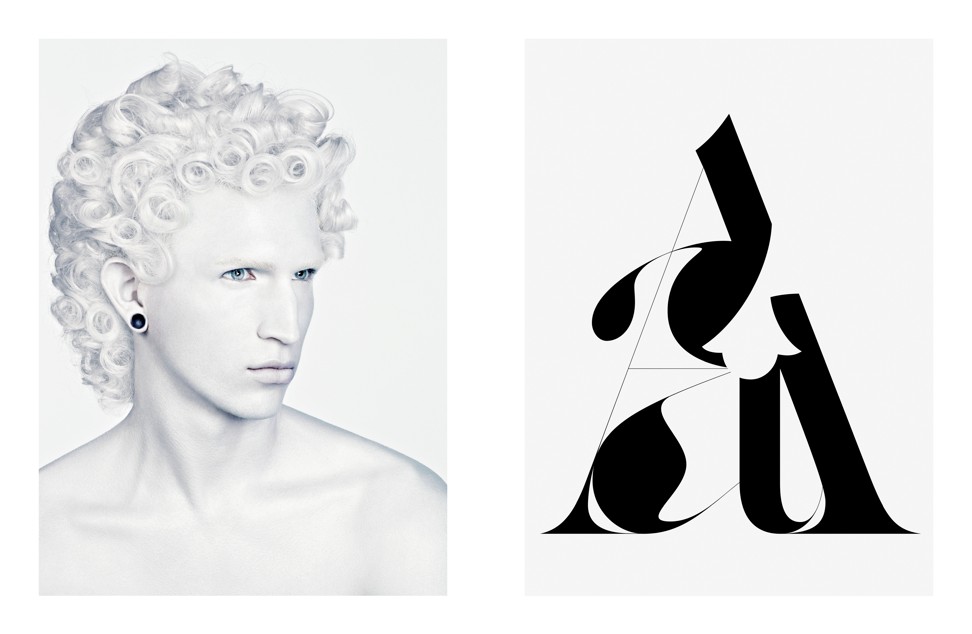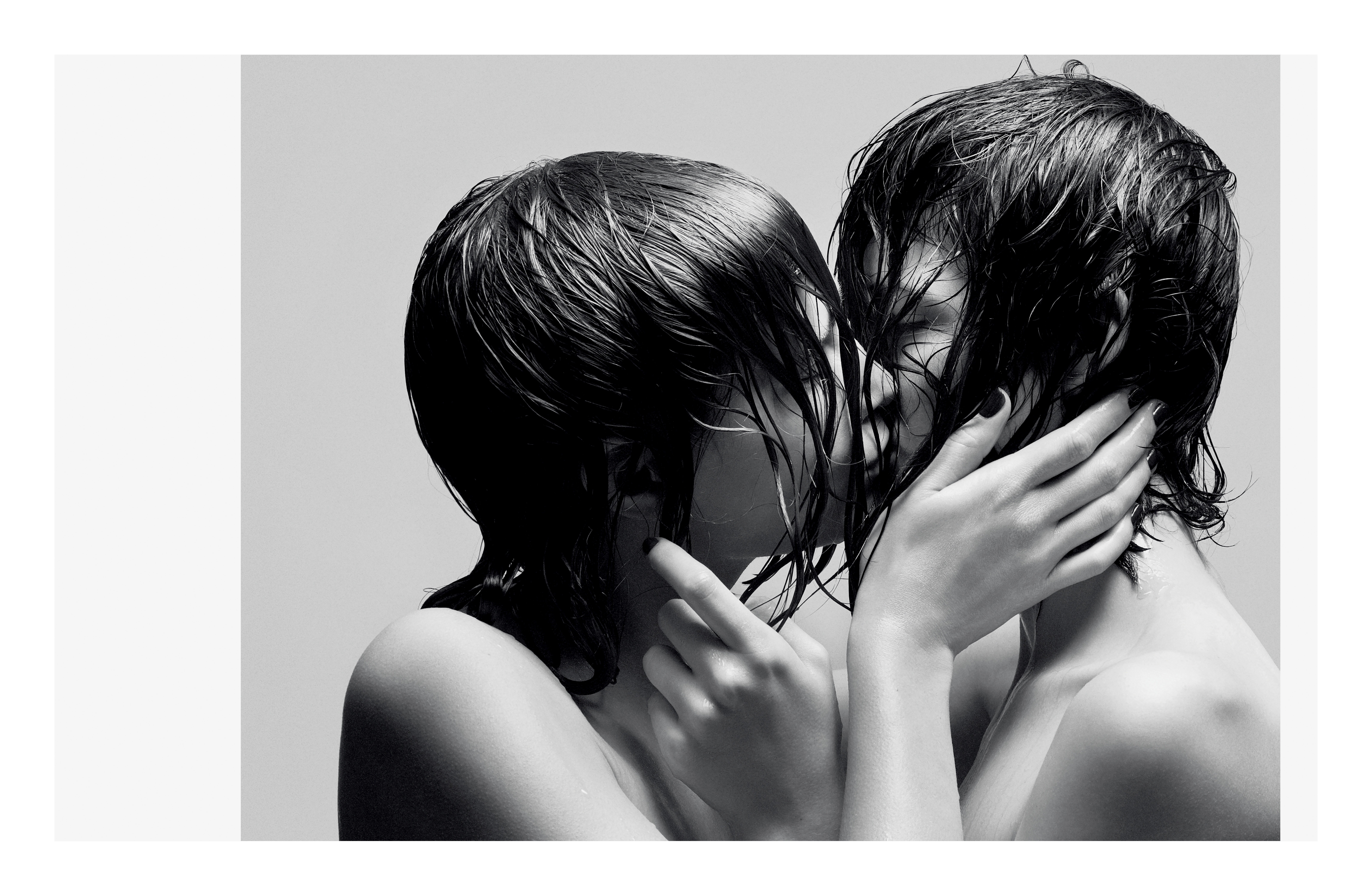
- The sought-after art director’s new book looks back on a four-decade career
- Baron says glossy magazines are in decline as brands now create their own content; as for influencers, they’re too generic and not luxury enough, he says
French-born art director Fabien Baron may not be a household name outside fashion circles, but his greater visual oeuvre may be familiar – remember those heroin-chic Kate Moss Calvin Klein ads from the 1990s? Then there was Madonna’s 1992 photo book, Sex, which, however tame it may seem today, in that innocent world before the Kardashians and their a** implants, was shocking. The iconic covers of Andy Warhol-founded Interview magazine? And the countless Vogue pages involved in any four-decade career in luxury fashion.
Inside the Manhattan headquarters of his creative agency, Baron & Baron, the now 60-year-old discusses his recently published career retrospective, Fabien Baron: Works 1983-2019 (Phaidon).
“It was time to turn the page and look at all the work I’ve done so far and say, ‘Now what? What’s next?’” he says during New York Fashion Week in September. “It’s like putting a period at the end of a sentence. There are all these changes: magazines are falling apart, digital is taking over, and I am changing, getting older, so it’s drawing a line in the sand.”
Ask any creative director from international glossies such as Vogue or Harper’s Bazaar, and edgier indies like V Magazine or Dazed, and they will have been inspired, in one way or another, by Baron’s creative direction in various mediums.
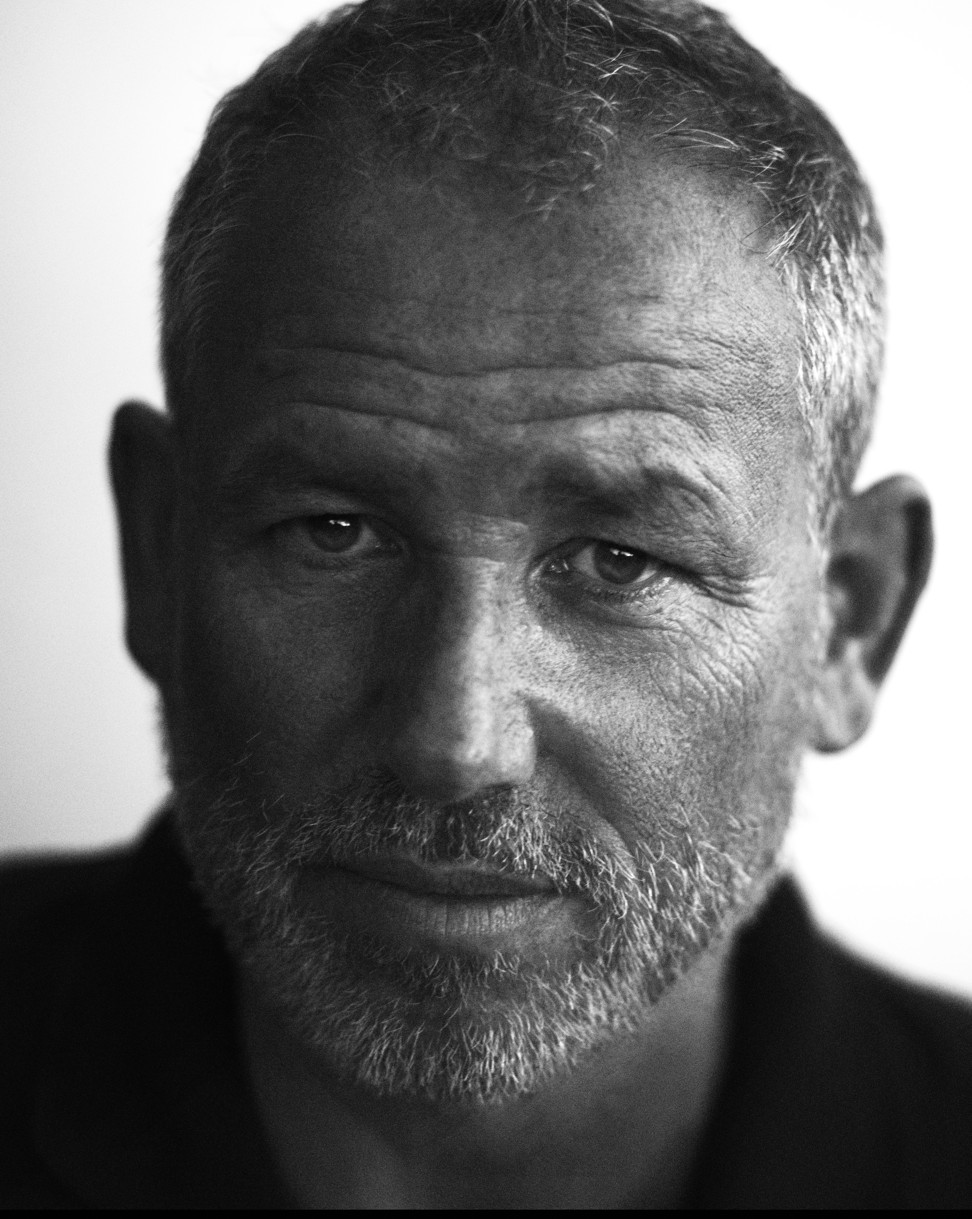
The son of a newspaper art director, Baron moved to New York in his early 20s to try his luck as an image-maker but also to move out of his father’s shadow, a strong figure who has loomed large.
“I was in awe of him,” says Baron. “He was tough and I always wanted to do better than him and I became an art director because he was one – if he had been an architect I would probably have done that. I understood that I couldn’t be myself under such a powerful character. He was great, and strong, but I needed a clean sheet and a new place, and I had to feel alone. That’s how I felt when I moved here in my 20s, like an immigrant. I understood what it felt like moving to a new country. It takes a long time to adapt but it makes you stronger, more flexible, less judgmental, more open to the world.”
Baron’s open mindset is not something the fashion world has always embraced, but it has been forced to contend with more inclusive social attitudes, where cultural appropriation and blackface references will bring trouble.
“We are careful with all that we do and I look at some of the work that I did in the past and feel I couldn’t do it today, and wouldn’t want to,” says Baron. “I like this idea of the world as one and the reason you have racism is that there are so many people still holding on to the past.”
Even in commercial terms the fashion world has been myopic. “If you go back 20 years, you didn’t even think about China in the luxury world and look at it now, it’s all about China,” says Baron. “Back then it was only Europe and America talking to one another across the pond.”
While Baron has been taking photographs since he was 17, he is first and foremost an art director, “telling the story of a product in ways that are surprising, interesting and artistic”. Whether it’s a Dior campaign or designing a perfume bottle for Calvin Klein, Baron’s job is to define the visual DNA of a product.
“Brands now have to create content, and that’s why traditional magazines are in decline,” he says. “Brands have a voice and a point of view and an opinion, which they can express through different channels; instead of paying magazines for advertising they’re producing their own content, which feels closer to what the brand is about.”
Baron says all visual content that photographers, stylists and art directors produce for the pages of glossy publications now reaches a wider audience on Instagram, whether it’s a Vogue cover or a Gucci campaign.
But what of the influencers, who with their millions of followers wield more power than magazines and whose loyal audiences relate to their candid, unfiltered images?
“It’s going to run its course because it’s too generic and not luxury enough,” says Baron. “The dream factor needs to come from the brands in a very precise way that you haven’t seen before. Gucci understands this very well. Their Instagram is not middle of the road with some random influencers saying, ‘Look at my shoes.’ It is well produced with a strong point of view. If brands don’t get that right they lose their power and are finished.”

